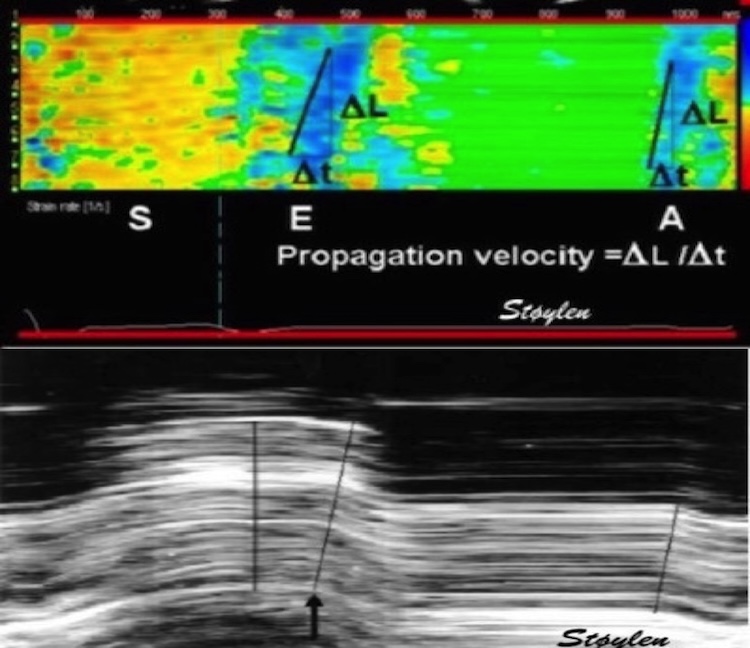And the final short 🧵 from pubmed.ncbi.nlm.nih.gov/34620522/ about the findings in the ejection phase, continuing 🧵🧵
dealing with ejection.
https://twitter.com/strain_rate/status/1449751850543165444?s=20and
https://twitter.com/strain_rate/status/1450794864698867716?s=20
dealing with ejection.

1/ During pre ejection, the vortex is seen to persist after MVC, and the septal part aligns with left ventricular outflow. This adds momentum and kinetic energy to the ejection flow. 

2/ During ejection, however, the vortex seems to disappear, outflow more or less filling the whole apex, as flow in the lateral part is recruited by the rapid flow into the LVOT. 

3/ At the same time, the AV plane with the closed mitral valve moves towards the apex. It seems that some of this recruited flow hits the mitral valve and is diverted back towards the apex, creating a basolateral momentum towards the apex again. 

4/ -which after AVC leads into the IVC deformation creating a stronger momentum towards the apex before the start of early filling. Finding of a functional regional differential function (not "wasted work"), shows that Tau do not tell the whole truth about IVR. 

unroll @threadreaderapp
• • •
Missing some Tweet in this thread? You can try to
force a refresh

















